October 30, 2025
TRENDS & INSIGHTS
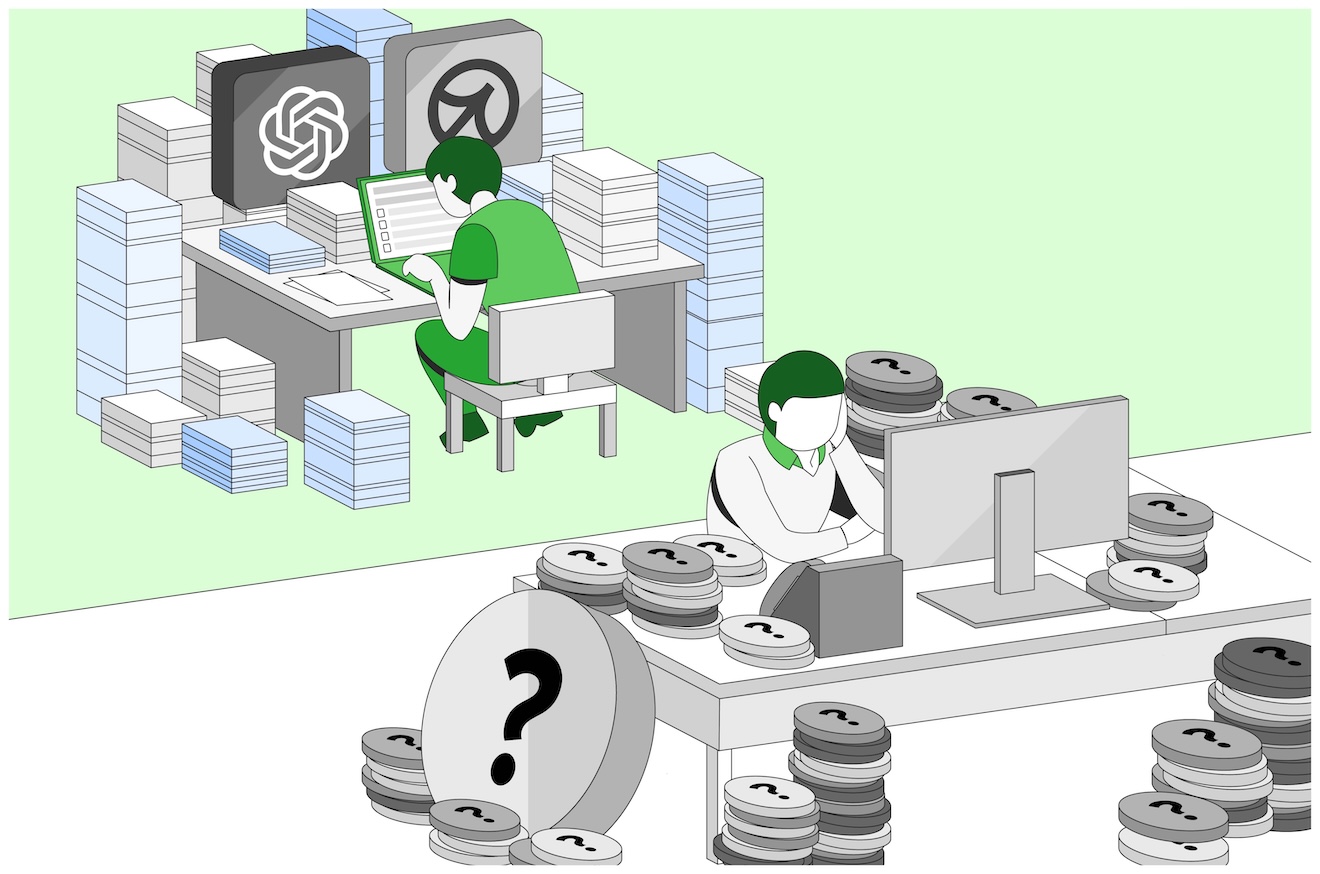
Kevin RockmaelOctober 10, 2025
AI is reshaping the labor market in some expected and unexpected ways.
While automation is eliminating certain jobs, new technologies are also giving candidates opportunities to game the hiring process. Tools like Cluely and Meta's smart glasses, for example, can discreetly feed answers during interviews without the interviewer realizing. Although Meta's glasses weren't created for this purpose, Cluely is marketed directly to job seekers as an interview aid. And this may only be the beginning. AI tools designed to help candidates pass interviews without demonstrating their true skills are likely to keep emerging.
At the same time, the job market for new graduates is already difficult, partly due to AI, but not entirely. Unemployment among young college graduates has risen to about 5%, compared to just over 3% before the pandemic (St. Louis Fed, 2025). Only 30% of 2025 graduates secured a full-time job directly related to their degree, down from 41% the year before (Forbes, 2025). Employers are shifting toward skills-based hiring, where proof of ability matters more than credentials (NACE, 2025). Competition is fierce, and the pressure on candidates is high.
That pressure helps explain why some candidates misrepresent themselves. And it should come to surprise that that behaviors learned in academic settings often carry over into professional life, meaning habits of dishonesty can persist into the hiring process.
Why candidates misrepresent themselves: lessons from the classroom
The drivers of academic dishonesty provide a useful lens for understanding similar behavior in the job market. Below are some of the most common factors that push both students and job seekers toward misrepresentation.
Poor time management = Unprepared applicants
Students who fail to prepare often cut corners (McCabe, Butterfield, & Treviño, 2012). Job seekers who have not prepared for an interview may exaggerate qualifications instead of admitting they are not ready.
Stress and overload = Pressure to impress
Heavy workloads and stress in school are linked to dishonesty (Rettinger & Kramer, 2009). Job seekers face similar stress, applying to many jobs while managing financial pressure.
Fear of failure = Embellishing skills
Fear of failure predicts dishonesty among students (Anderman & Koenka, 2017). In interviews, candidates fearing rejection may inflate their skills or claim certifications they do not have.
“Everyone does it” = Normalization of dishonesty
Students are more likely to act dishonestly if they believe peers do too (McCabe & Treviño, 1997). In job markets, candidates often assume résumé “polishing” is normal.
Unmonitored environments = Online test risks
Dishonest behavior rose during unproctored exams in the pandemic (Lancaster & Cotarlan, 2021). Today, online interviews and coding challenges create the same risks.
Different understandings of integrity = Cultural differences
Academic integrity norms vary across cultures (Park, 2003). What one person views as self-promotion, an employer may see as dishonesty.
When integrity breaks down, everyone loses
When dishonesty goes unchecked, both candidates and employers suffer. Candidates who overstate their abilities often end up in roles they are not ready for, leading to stress, underperformance, or early dismissal. That hurts confidence and career growth.
For employers, the stakes are higher. A poor hire costs money, time, and momentum. The U.S. Department of Labor estimates that a bad hire costs at least 30% of the employee's first-year earnings. Beyond money, a poor hire can damage morale and slow down teams.
Dishonesty in hiring is not just an individual problem. It is an organizational problem with financial, cultural, and reputational consequences.
A bigger issue: the gap between school and work
Schools and employers are not aligned on teaching and reinforcing integrity. Students often are not prepared for ethical challenges in professional settings, while employers assume graduates arrive ready. Without that connection, habits formed in the classroom can carry into the workplace.
How schools and employers can respond
Final thought
The job market for graduates is uncertain, and the pressure to stand out is high. AI tools make it easier than ever to act dishonestly, but the root causes are familiar: stress, fear, and unclear expectations. When companies fail to address this, everyone loses. Candidates end up in roles they cannot perform, and employers pay the high cost of poor hires.
By understanding the parallels between the classroom and the workplace, and by closing the gap between schools and employers, we can create systems that reward honesty, ensure fairness, and give graduates a real chance to succeed.
References and Resources
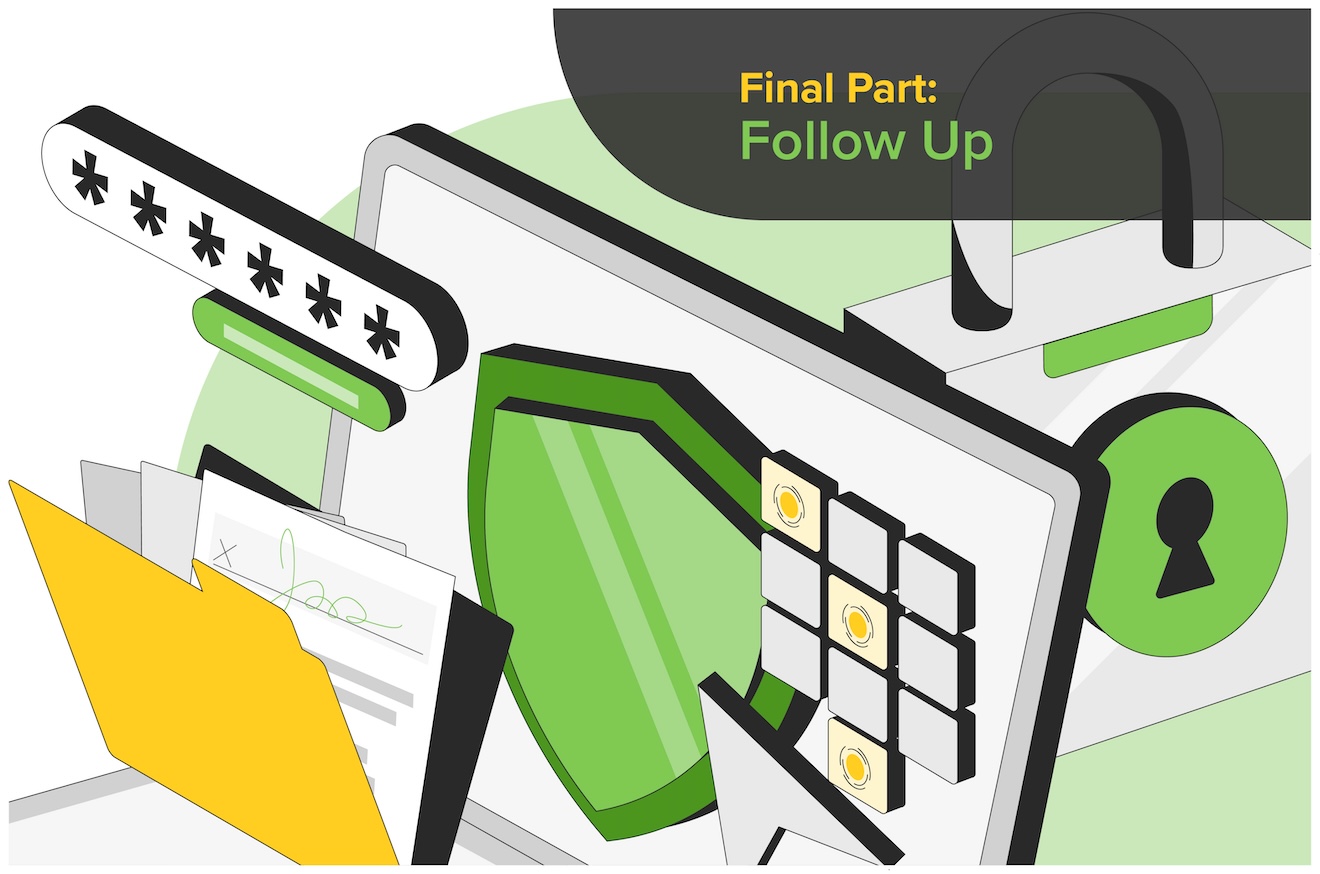
October 30, 2025
TRENDS & INSIGHTS
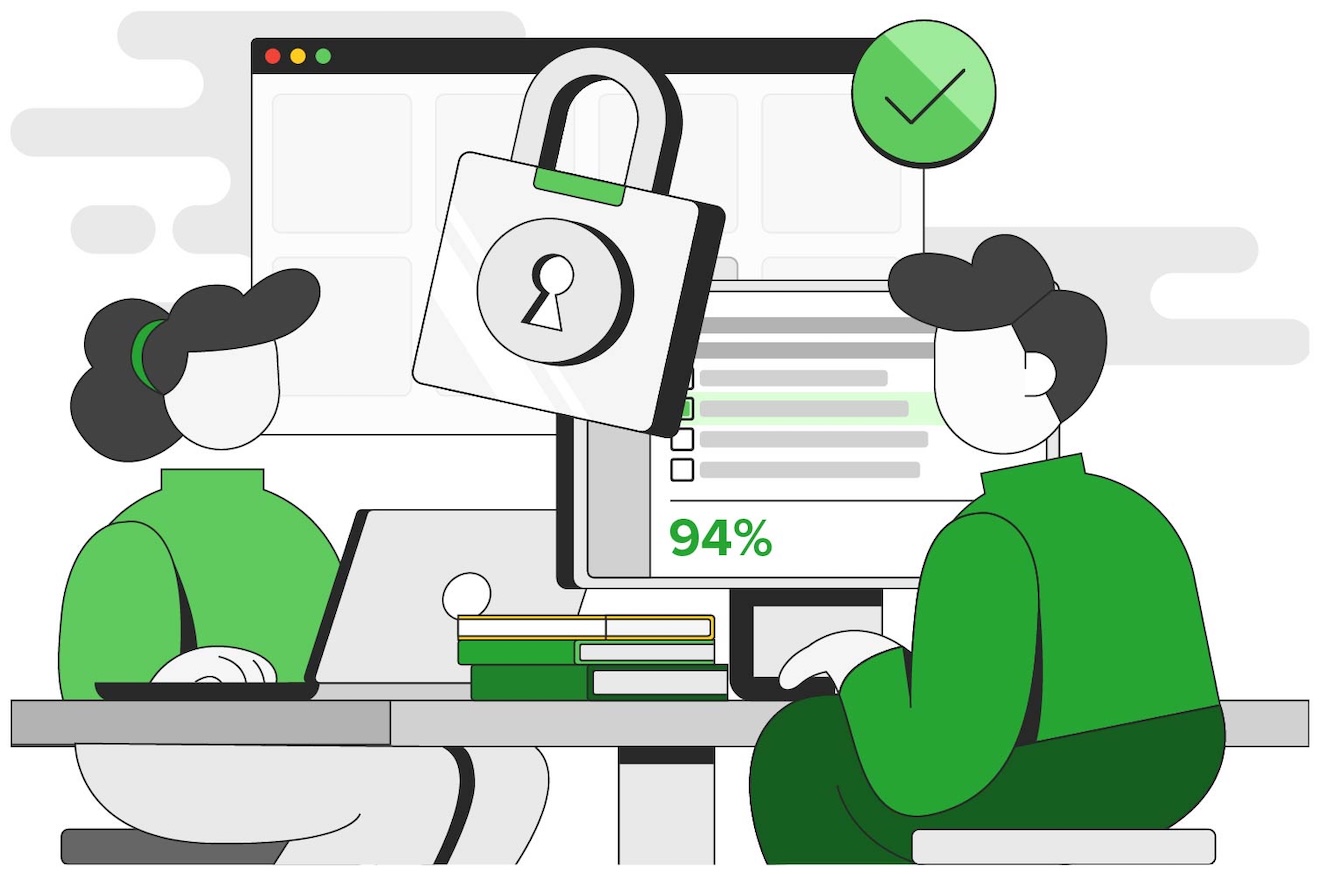
August 15, 2025
TRENDS & INSIGHTS
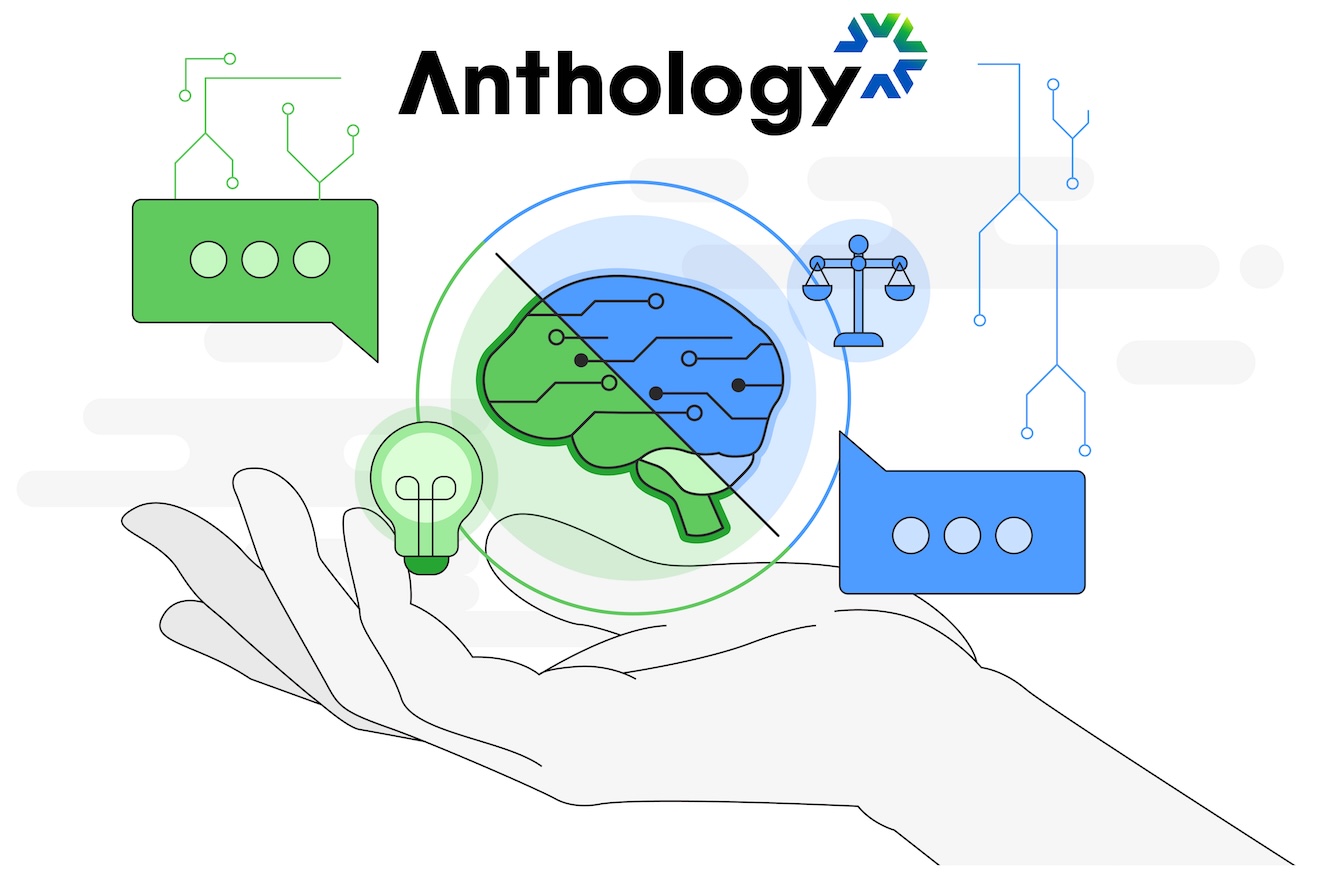
July 28, 2025
TRENDS & INSIGHTS
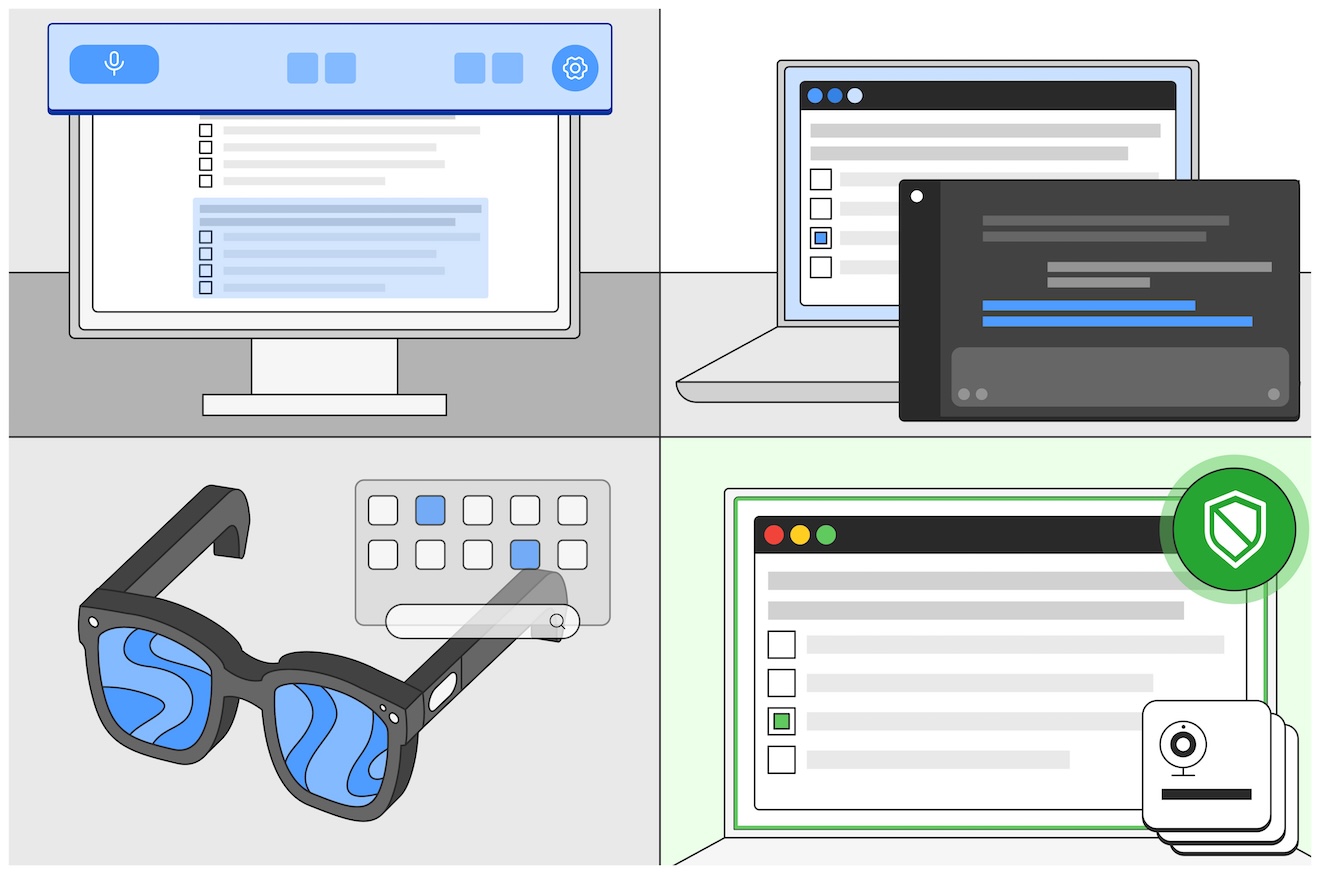
July 14, 2025
TRENDS & INSIGHTS
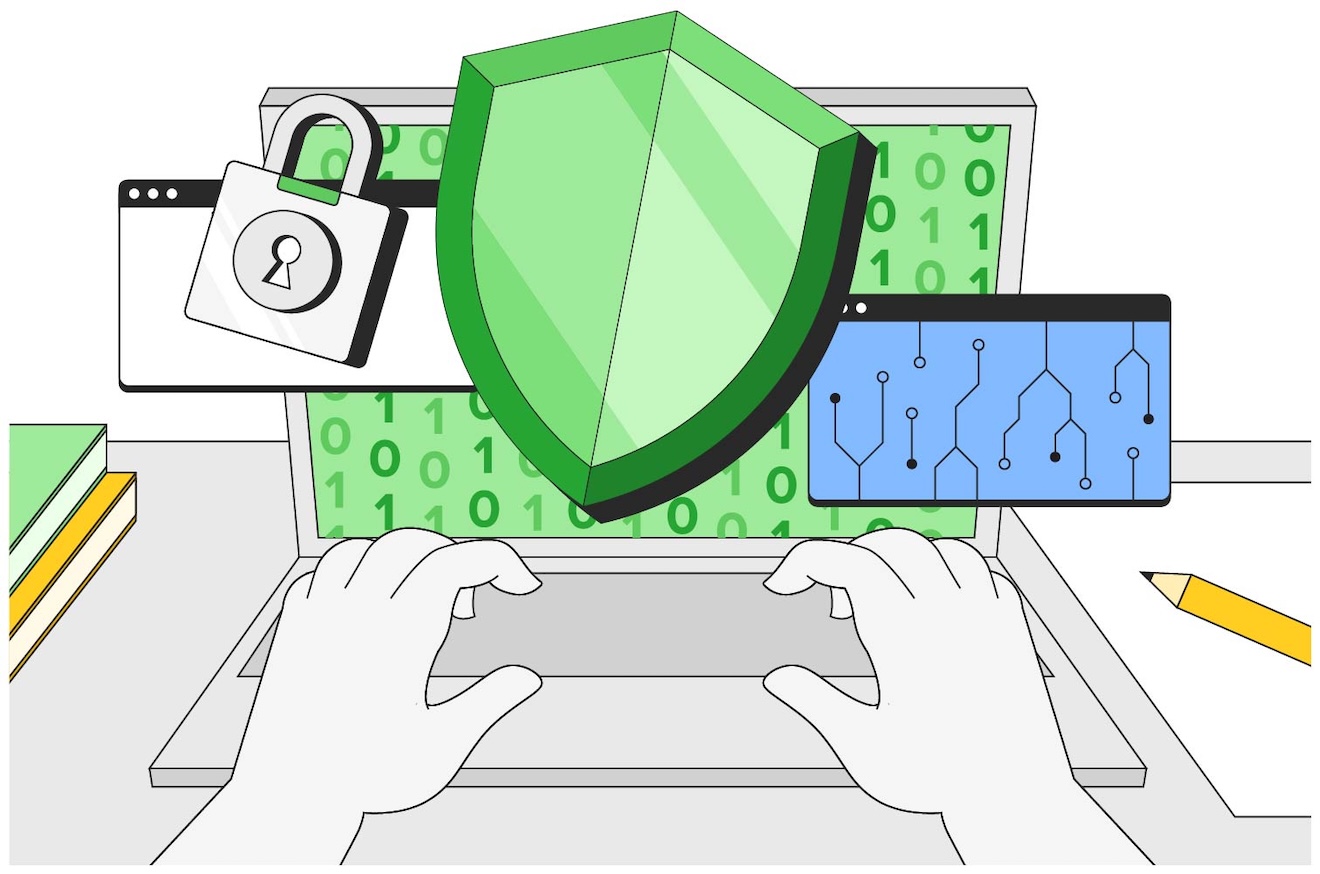
June 25, 2025
TRENDS & INSIGHTS
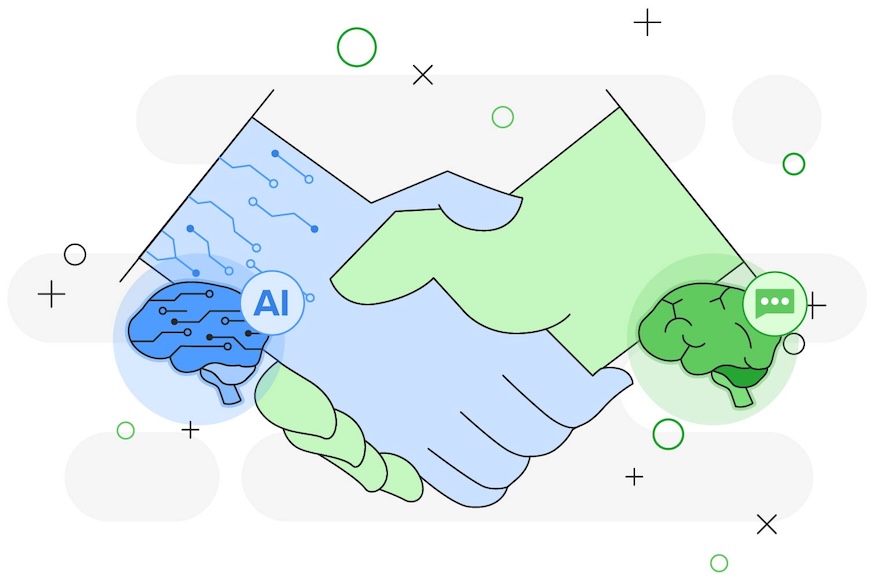
June 20, 2025
TRENDS & INSIGHTS